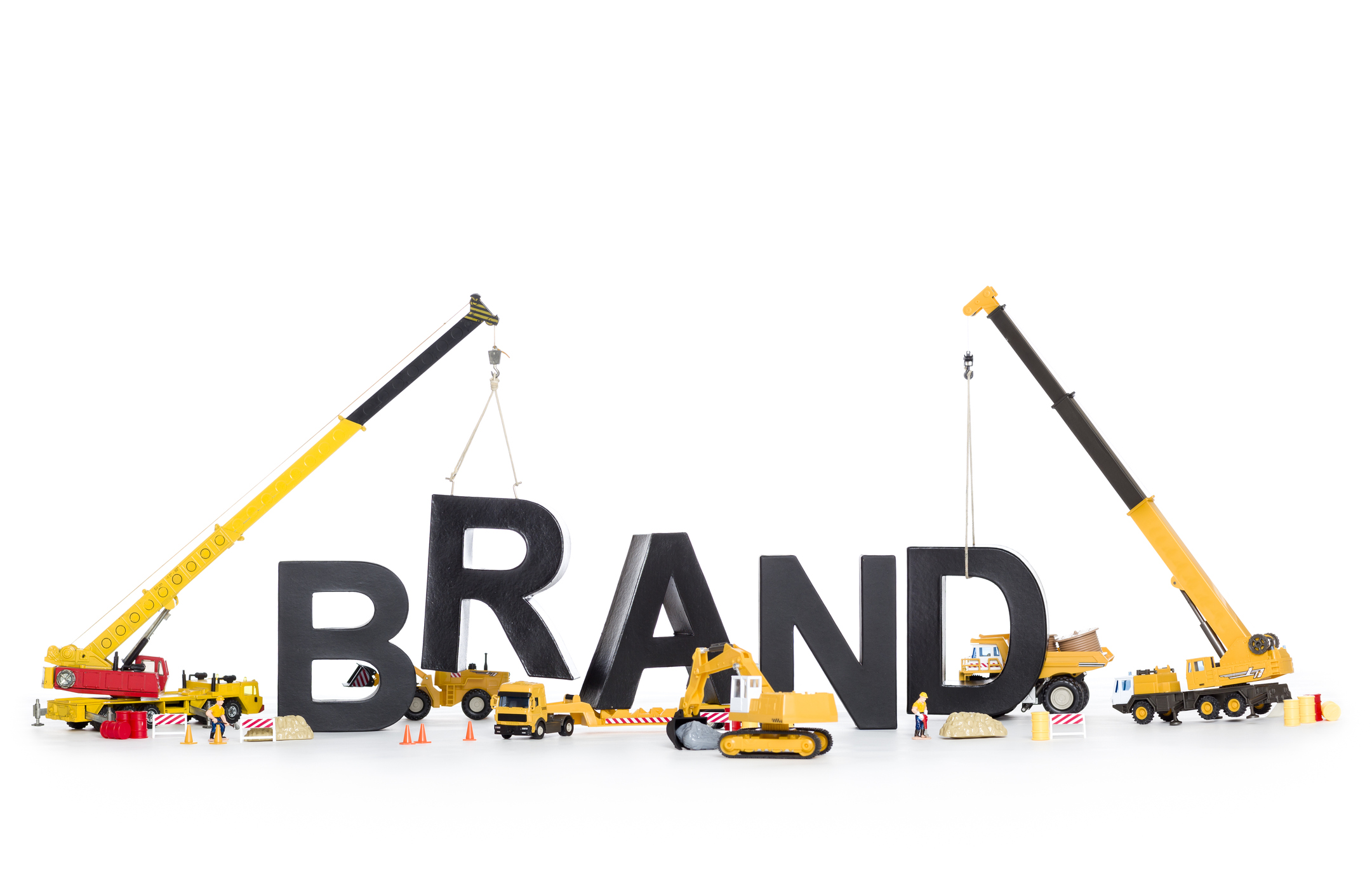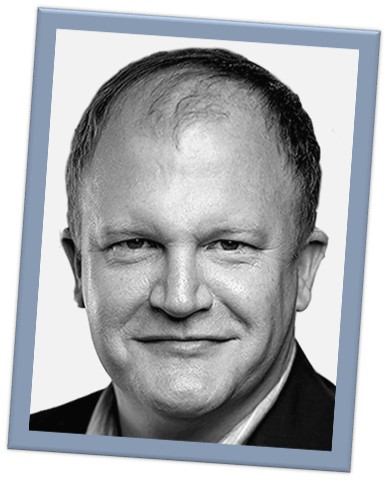
We’re lucky because in radio, we’re tasked with growing and monetizing exciting brands – personality morning shows, music stations with a rainbow of different formats, and talk stations that run the gamut from politics to sports.
But steering one of these brands through the marketing battlefield is more difficult than ever. The stakes have never been higher, while the media world has shifted, and that puts additional pressure on marketers to build truly great, durable brands. Part of the challenge, of course, relates to technology and the ways in which it has altered and evolved consumer habits and expectations. Connecting with the changing mindset of the audience has never been trickier.
We’re seeing this up close right now as we review the results of Techsurvey13. More than 51,000 consumers across North America have spoken, sending us important messages about brands, media, entertainment, and gadgetry – and how they use them. My job – serving as a “data whisperer” – is a fun one, because I get to witness exciting new trends as well as track other variables that are changing and evolving.
In many ways, Chief Marketing Officers for major consumer brands are navigating similar waters. Their worlds have been rocked as well, right down to how and where people buy their products. And while those of us in radio might view the household products we buy in Target or Costco as mundane, the fact is, marketers are now strategizing and operating at exceptionally high levels, trying to keep their brands out front.
I first made this connection at the Arbitron Consultant Fly-In back in 2006. At that event, the Arbitron team brought in Garth Ely, who at the time was brand manager for Proctor & Gamble’s Downy, the popular fabric softener. He talked about how their research involved ethnographic techniques that included visiting homes at the crack of dawn, and quietly observing the washing and drying routines of consumers. The goal was to better understand the nuances of how the individual use of detergent and fabric softeners contribute to the larger user experience of the chore of washing clothes. It was eye-opening because it involved the arduous and expensive task of watching consumer behavior in real time, and learning from the experience.
In some way, that presentation inspired Dr. Ed Cohen and I to start considering how consumers truly use radio, as well as the other media that come into people’s lives. Not long after, our companies partnered together to create “The Bedroom Project,” radio’s first ethnographic study.
Meanwhile, in the consumer products space, the research and marketing techniques are getting more sophisticated as CMOs have so much

more to consider as the field gets more competitive. And that struck me when I read a great interview with Clorox CMO, Eric Reynolds, in a recent edition of AdAge.
Clorox also owns Brita (the water filtering system) and Burt’s Bees (natural skincare products), so building each brand requires discipline and protocols that have little to do with price point, coupons, and promotions. In radio terms, that means going beyond schemes like commercial-free programming and contests, and focusing on brand-building.
Reynolds lists 5 key “building blocks” that contribute to designing and sustaining products and brands. Here they are, with some applications and observations about radio:
1. Focus: Know thy brand
This is Branding 101, and yet many stations struggle with this foundational element. Your brand essence isn’t “Favorites of the ‘80s, ‘90s, and Now” or “The Throwback Station.” Every brand has a heart and soul, and as a programmer and marketer, you have to find yours. Reynolds notes the dilemma that many radio stations experience: “We’re doing all of this stuff – why? Why does it matter?”
That means questioning the core foundation of the brand. In Reynolds’ world, it translates to building brands that are built to last, rather than using gimmickry to achieve short-term goals.
2. Data: Let science lead you
This is an area where radio has struggled: how to take the available data – or generate our own – and blend the available metrics and technology to help explain the brand’s essence. In the world of consumer goods, Reynolds notes the data have been instrumental in identifying new customer bases, especially for an emergent product category like water filtration.
This is one of the reasons why industry studies just released by Alan Burns/Strategic Solutions and Edison Research/Triton can be especially valuable to companies and stations. In the case of our Techsurveys, we interview your listeners. This is an added plus because our studies take a deep dive into the minds and hearts of a station’s core audience. If you want to better understand your hometown brand and what it means to consumers, talking to your biggest fans and understanding how they use your station and its assets is a great place to start.
And here’s a bonus: Reynolds feels he used to have an advantage because of the heft and resources of a mega-company like Clorox. But as he notes, “The thing that keeps me up at night is that I believe small brands can do this, and that’s my biggest fear. With a bit of technology and some good partnerships, you can approach what I just talked about and do it at a speed that we’re still trying to approach. You just need smart people working on tough problems.”
Yes, he’s talking about people like you.
3. Mystery: Don’t lose sight of art
So, every program director is nodding at this building block. Yes, the data matters, but so does the art and craft of brand, and product building. Creativity in– leveraged off the analytics – is a key component in meeting human needs and building stations and shows that matter.
In our Techsurveys, we’ve learned a great deal about the emotional underpinnings of a station’s appeal. Yes, your position and your personalities are fundamental. But so are those special components that only a radio station can provide – companionship, mood elevation, escape, and the like. That’s what great PDs and tune-in personalities can provide. It starts with data, but doesn’t reach fruition without strong, creative programming content that answers the audience’s emotional needs.
4. Patience: Take the time to test, test, test
Time is a commodity that has become so valuable and yet so elusive. As the ratings have amped up over the years from quarterly to monthly to weekly, the need for speed and rapid results has never been greater.
This is especially the case for anyone who has been associated with a rapid radio success story – a format launch, a personality debut, and other programming home runs that unfortunately lead to irrational exuberance and eventual mediocrity.
That could have been the case with Brita, a “big idea” that was a quick success. As Reynolds’ counsels, the key is not to celebrate too early, and instead, to study the elements that led to a rapid ramp-up. That means, “pressure testing” the concept, the format, or a new show to ensure they’re the real deal. At the early stages of success, research – quantitative and qualitative – are essential to building a brand that lasts.
5. Curiosity: For more, search beyond your borders
Going outside the lines is a key for sustained brand success. And that means bringing new thinking to storied, traditional industries and products like we have in radio. Reynolds calls it “a radical commitment to external focus” – and that means traveling outside your company meetings and your industry conventions, and conferring with experts in many different fields to better understand your product from the outside in.
Reynolds advocates for networks, the places where new ideas begin. And to that end, spending time with different types of experts from diverse fields is a starting point. This is why we have long recommended that radio pros attend events like CES or Podcast Movement. You can’t help but meet interesting people from different fields, most of whom are happy to provide input or advice from a different perspective.
Finally, I wanted to show you how Reynolds’ philosophy manifests itself for his company’s Brita brand. A commercial featuring NBA superstar Steph Curry never mentions pricing or brand details. The umbrella concept – “The Filtered Life” – is more a statement about aspiration, goals, and desire than it is about drinking clean water.
https://www.youtube.com/watch?v=FZqGvZELX8g
Yes, it helps to have a megawatt spokesperson, but there is a bigger theme at work here that speaks to how the target consumer thinks, feels, and dreams. We’ve come a long way since the way everyday consumer products were marketed, making claims like “Now with little blue granules!”
For radio, that means strategic branding that goes beyond format hills, cash contesting, and positioning statements.
But that assumes companies embrace the goal of building stations and personalities that are durable and built for the long run. It’s hard work but the potential payoffs are obvious.
- What To Do If Your Radio Station Goes Through A Midlife Crisis - April 25, 2025
- A 2020 Lesson?It Could All Be Gone In A Flash - April 24, 2025
- How AI Can Give Radio Personalities More…PERSONALITY - April 23, 2025




If you are in the radio business long enough you will experience a person in leadership totally misinterpret ratings or format fixes and go all out erasing the humanity from the product. Smoothing out the rough spots doesn’t mean creative imaging or projects are the enemy of success. In fact, the higher you fly the more creative you will have to be. Just my little opinion.
Appreciate it, as always, Dan.